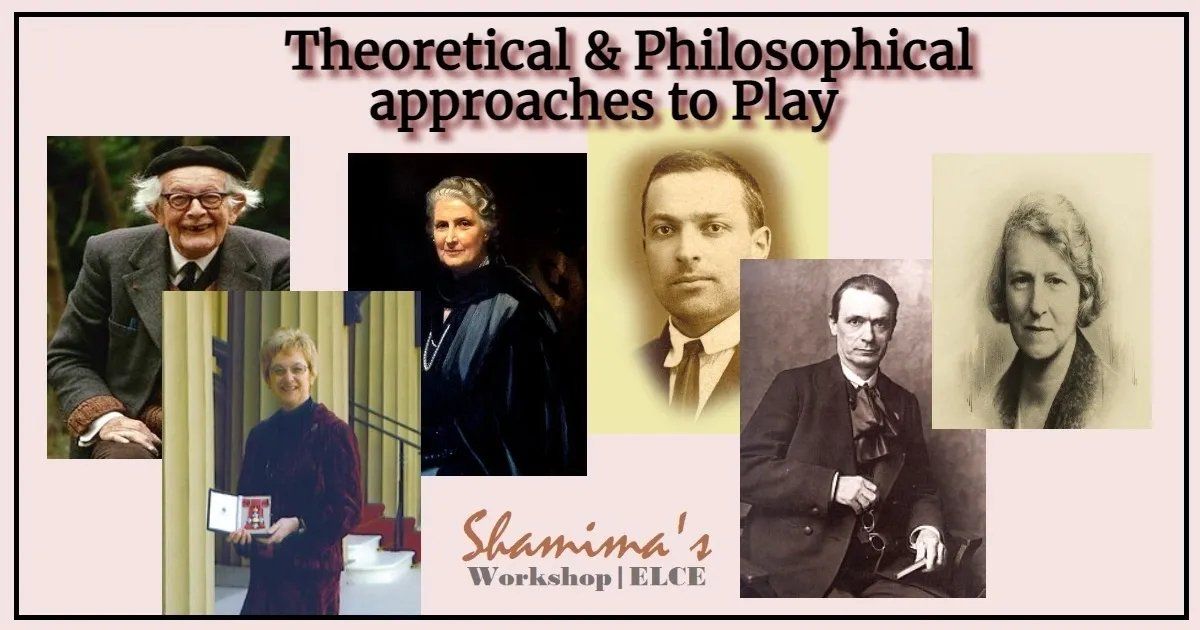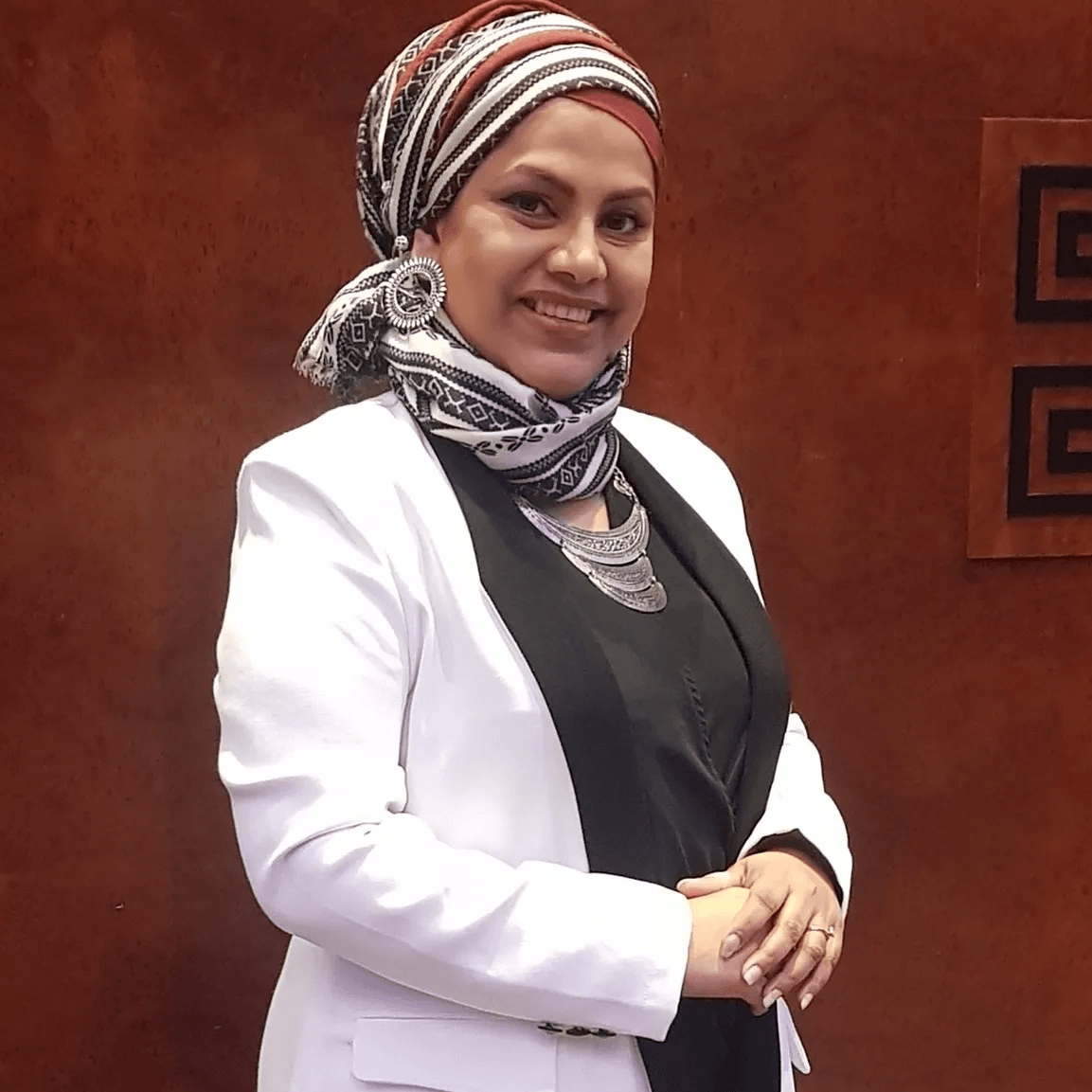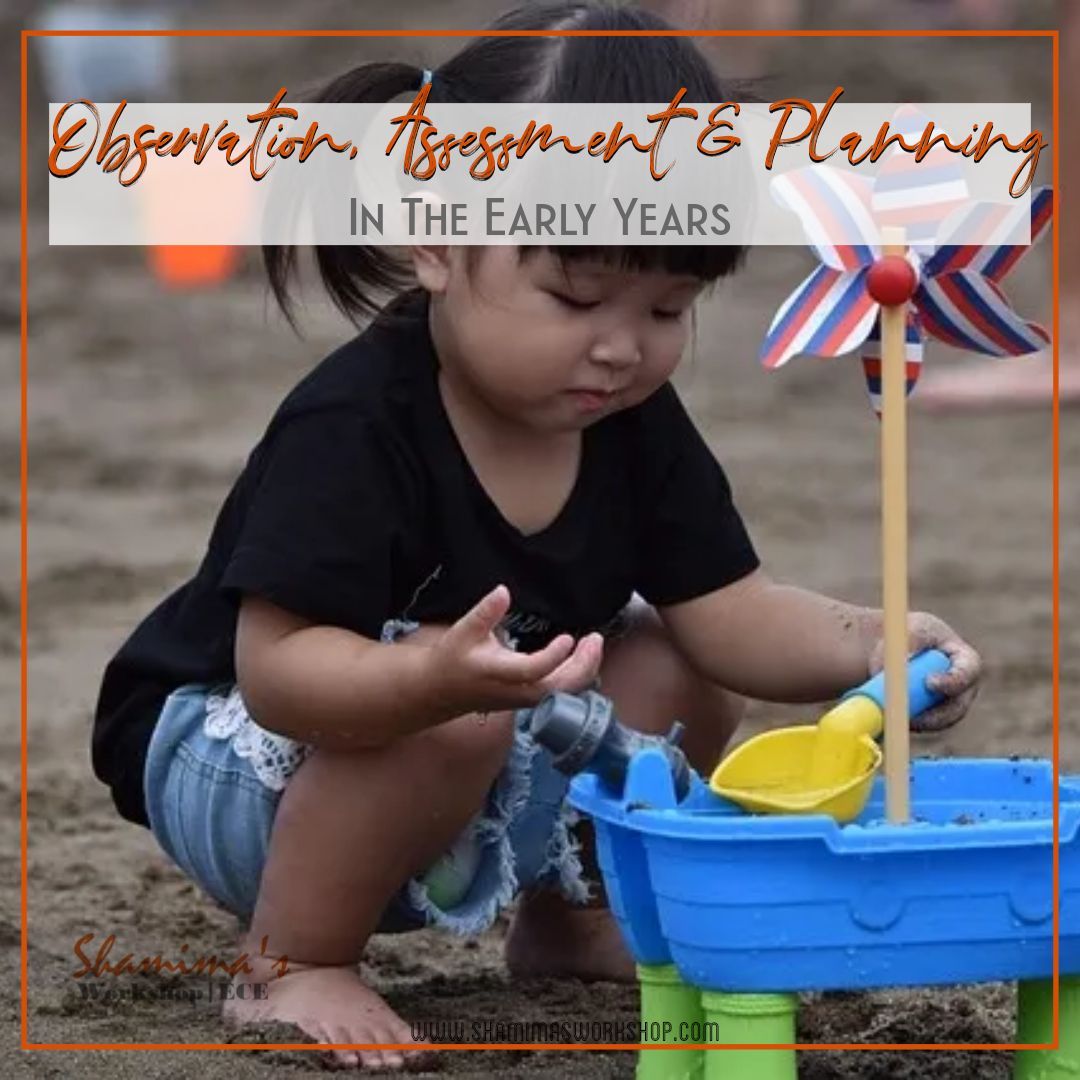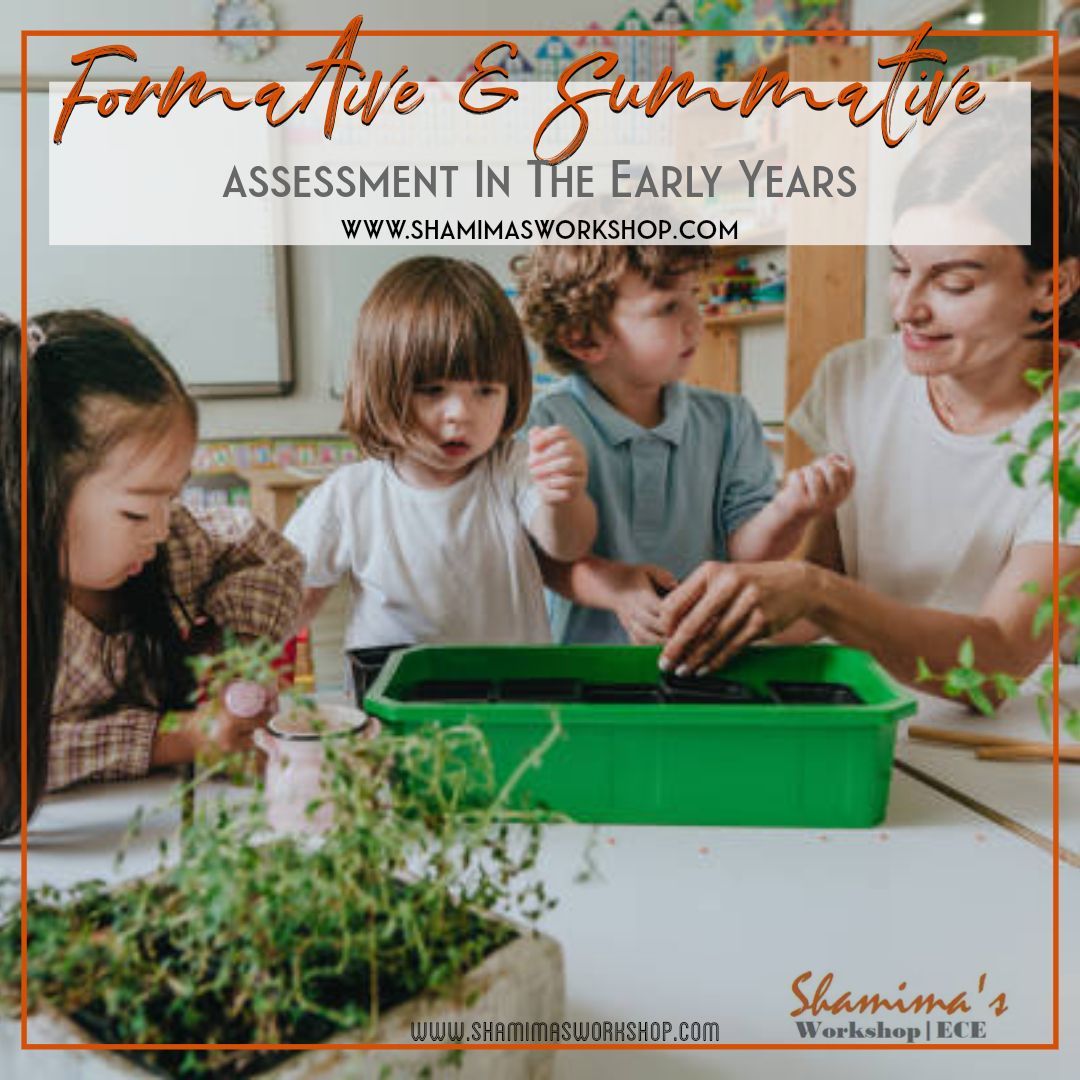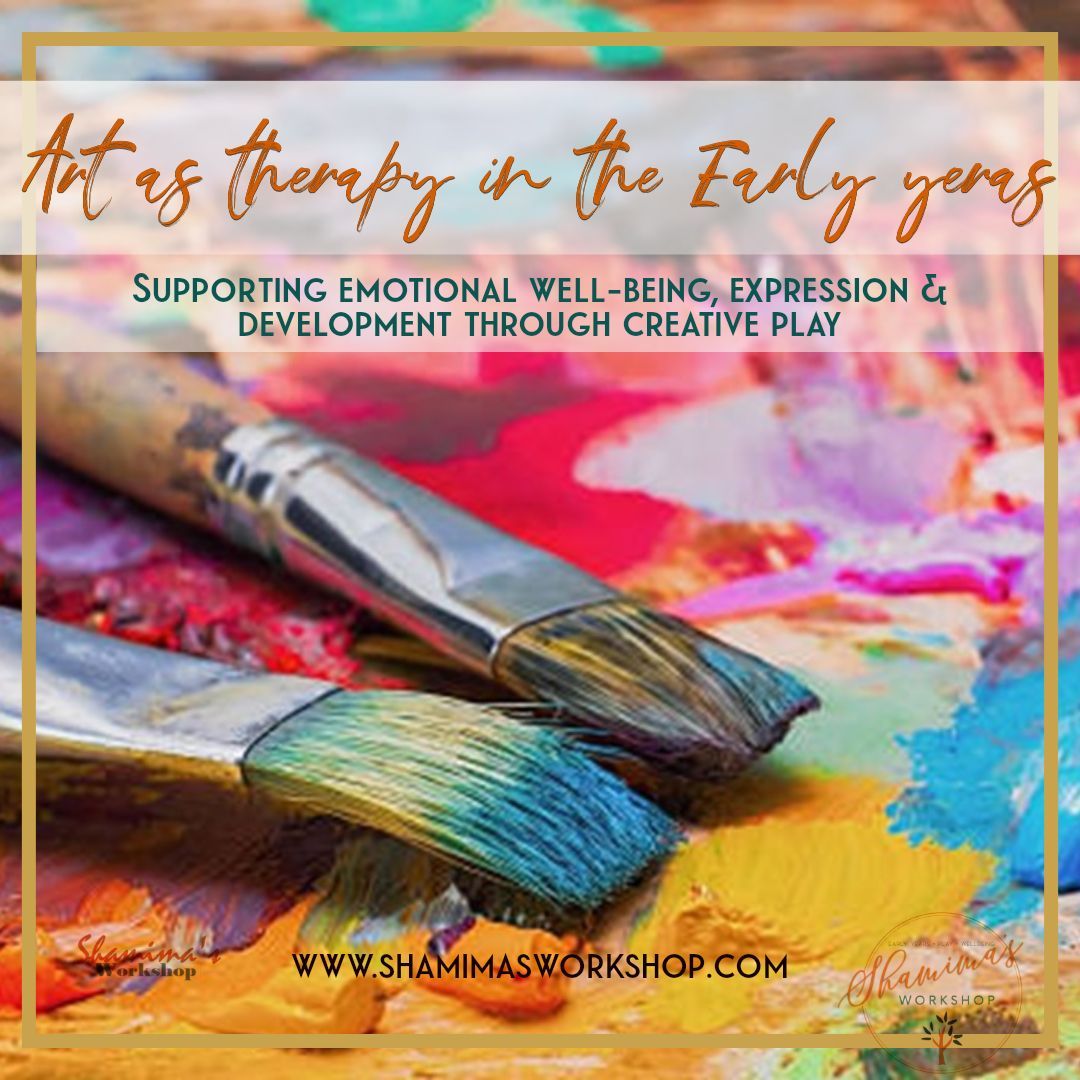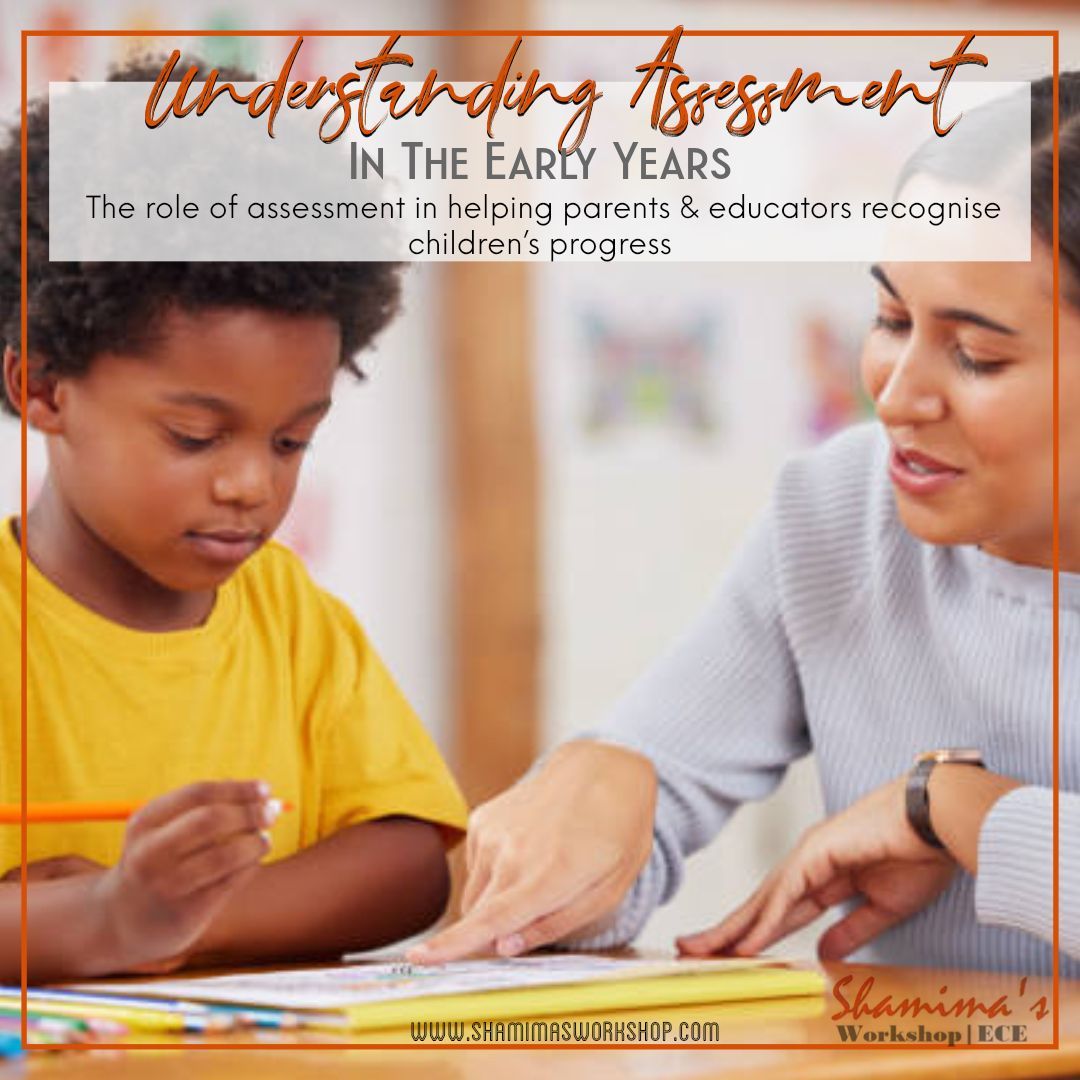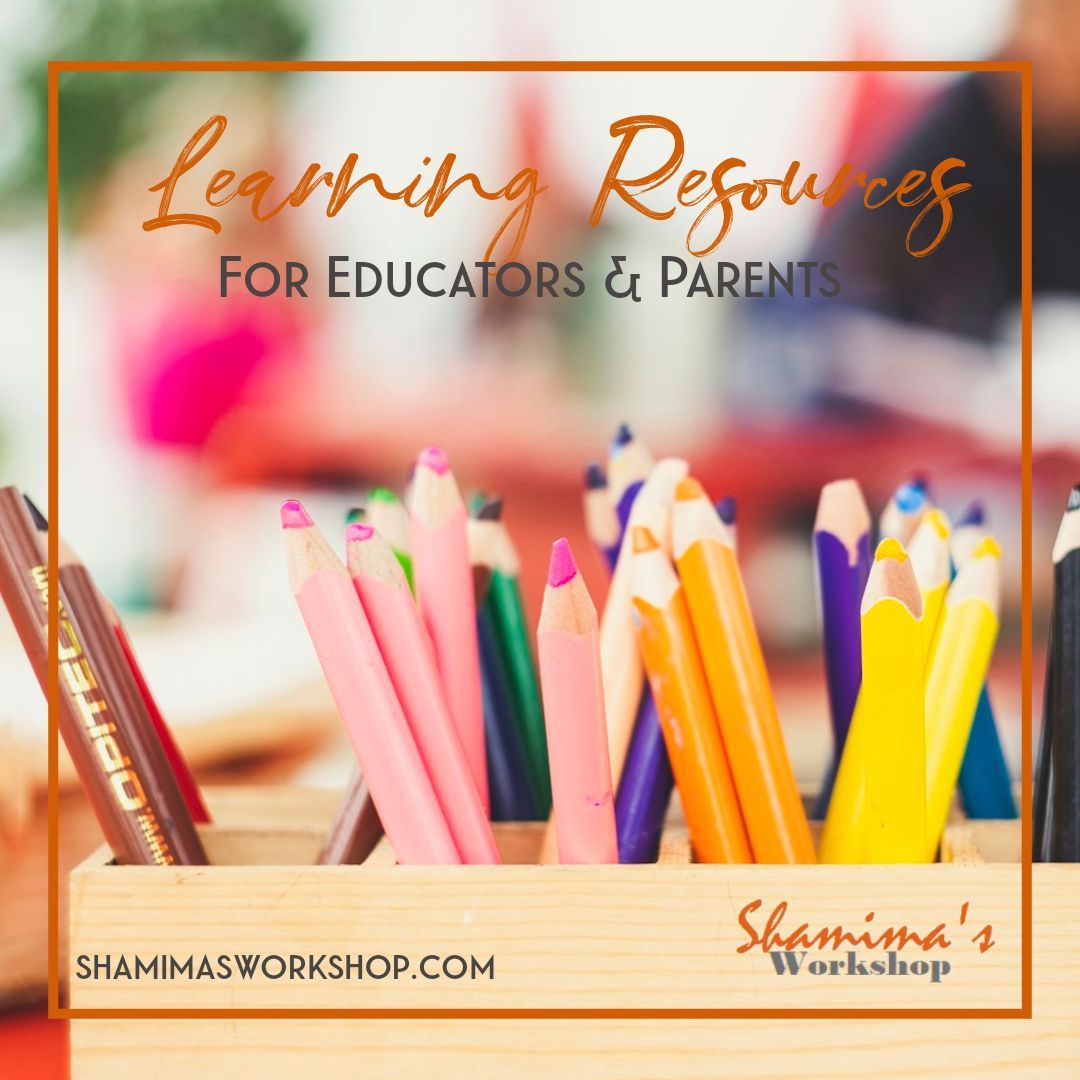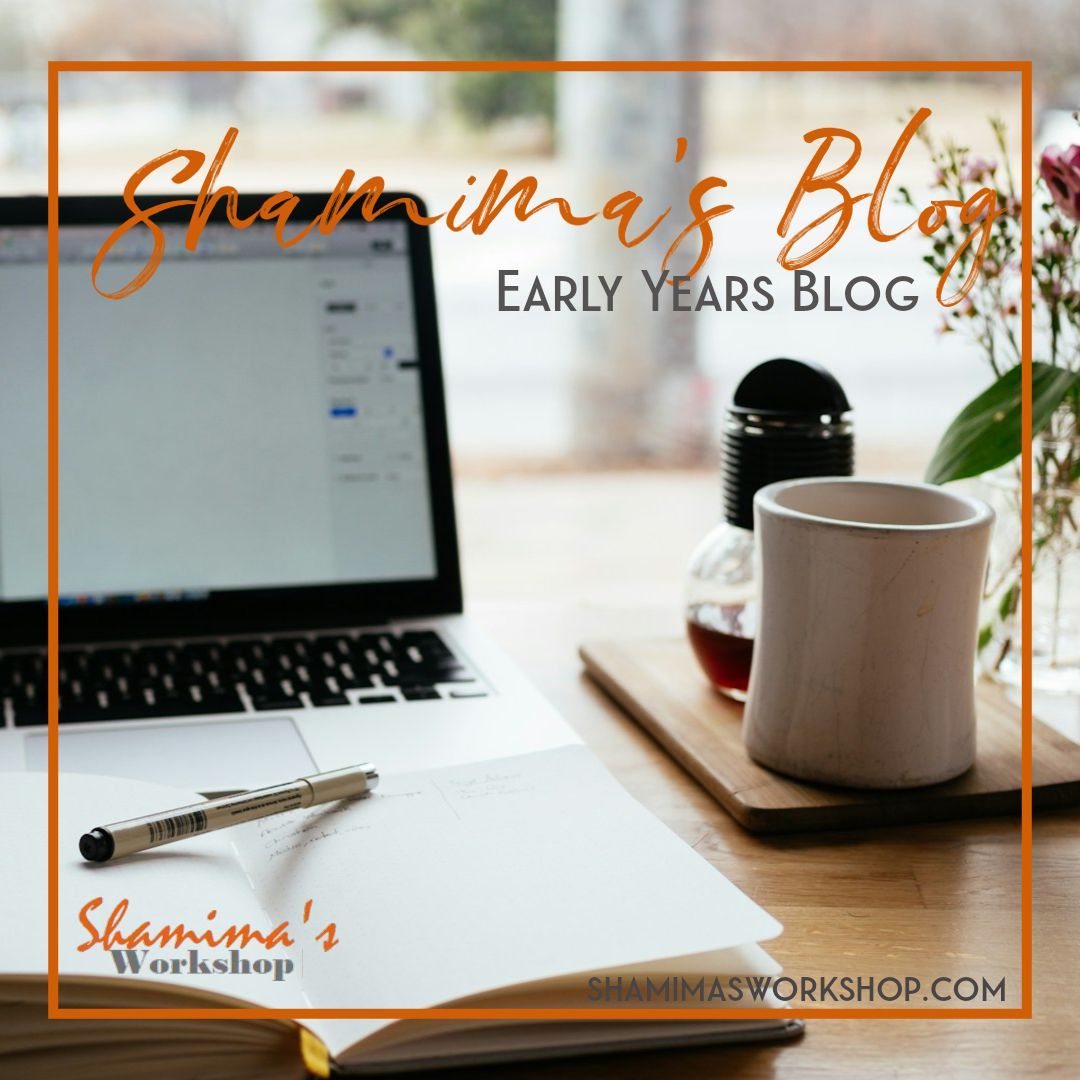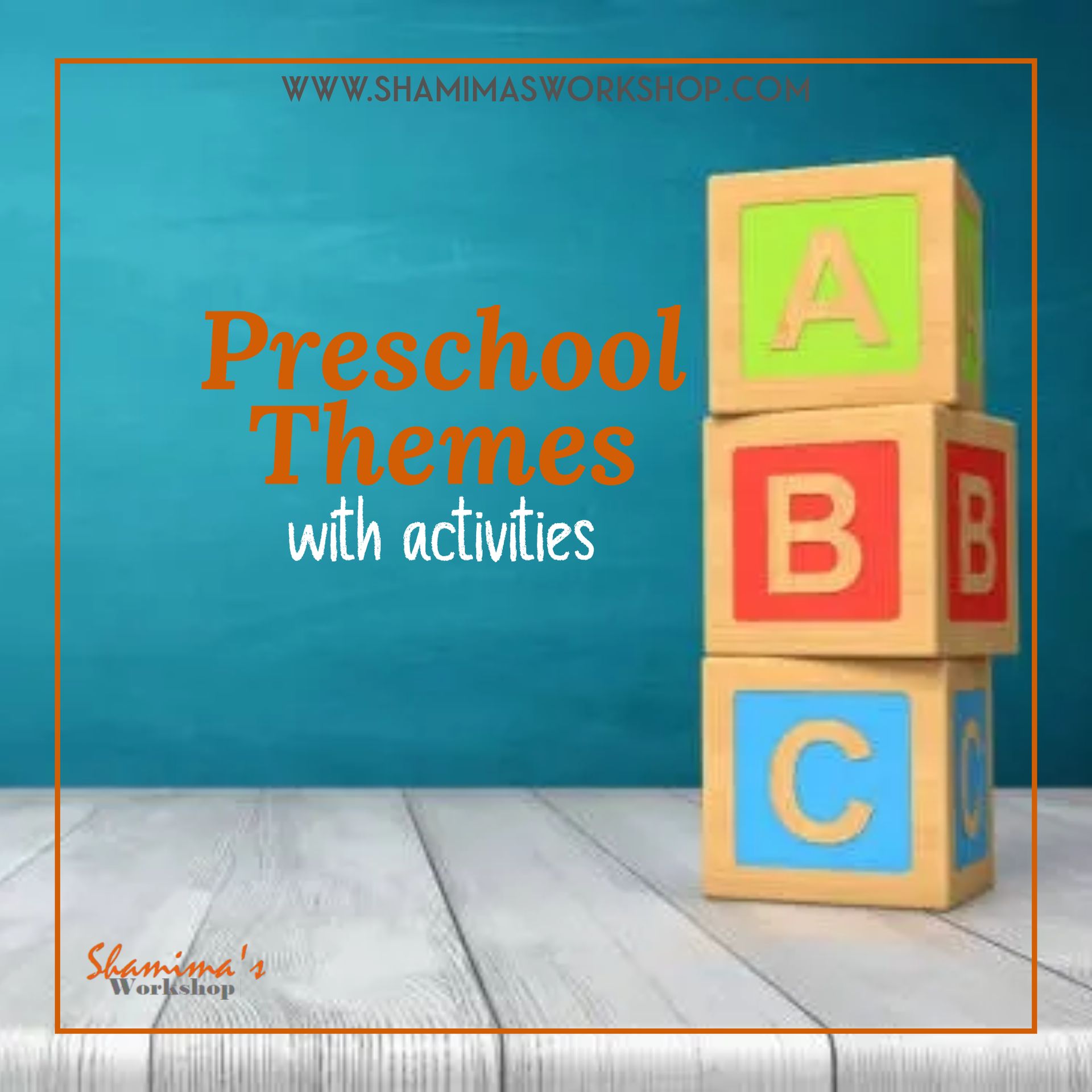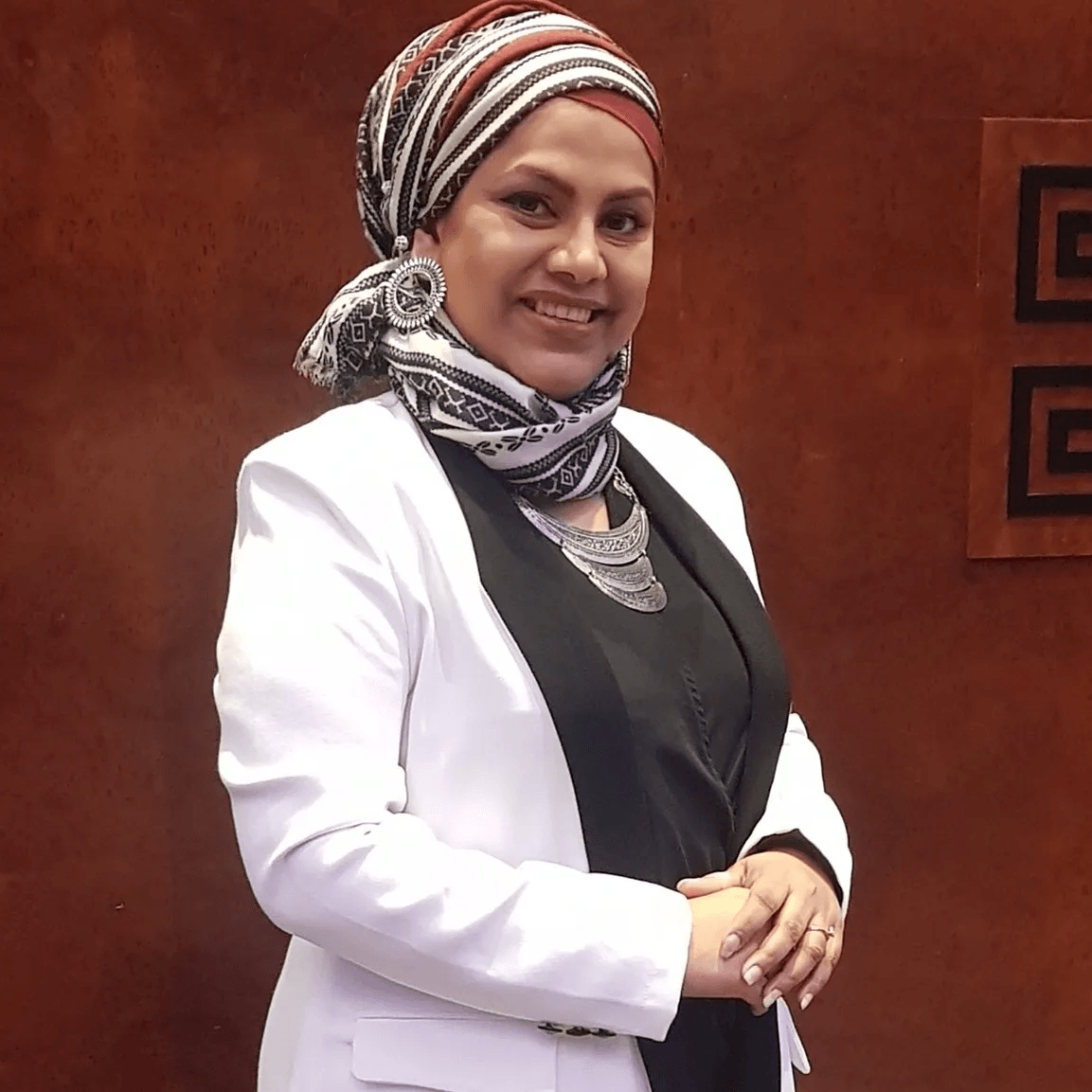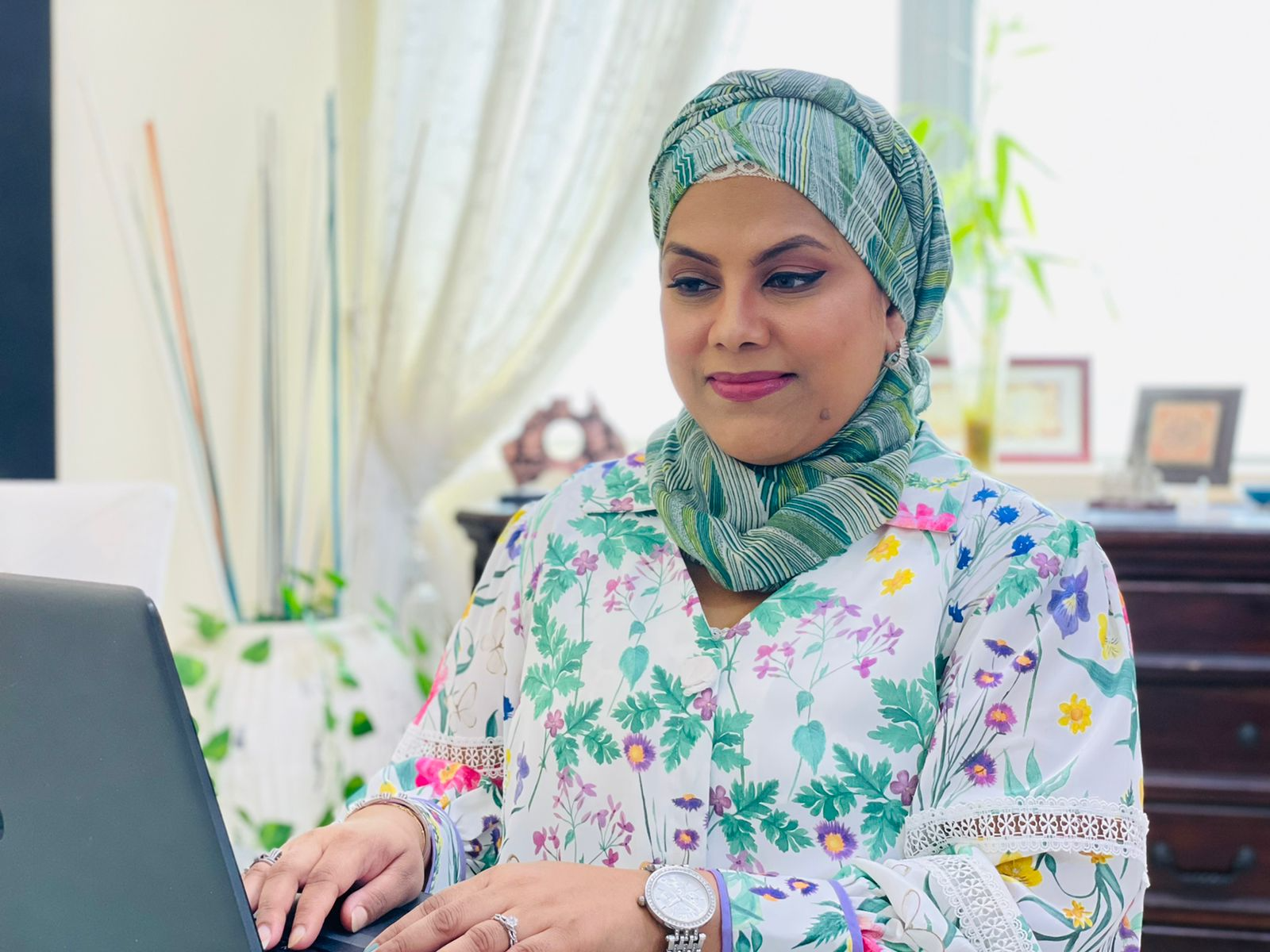What have we learnt from theorists?
In evaluating the value of teaching and learning through play, there are a wealth of psychologists and theorists, including Piaget, Bruner, Vygotsky, Isaacs, Montessori, Froebel, and McMillan, all documenting a variety of research supporting the effectiveness of play-based learning. Bruner et al. (1976) found that play reduces stress. They viewed play as a form of problem solving that required self-initiation, thus increasing a child’s problem-solving ability. Vygotsky’s(1998) view differed from Piaget's about there being stages in play development; however, he agreed that play stimulates the development of abstract thoughts. From theorists, we have learned things like different ways of learning through play, how we can help them through play, etc. We can also make children play by using natural materials rather than using non-eco-friendly materials like plastic. Theorists have also taught us that children can learn with very little equipment. According to this, it is not necessary that the nursery should have full toys and equipment.
However, according to my understanding, most of the theorists have worked with natural equipment and also have real life experience. Therefore, while reading their theories and findings, we are able to know what has been tried and what has been tested as the theory behind children’s play and learning.
Tina Bruce and her theory:
Professor Tina Bruce is a highly respected academic and theorist in early childhood development, education, and play-based learning. Her theories of play are influenced by the "creator of kindergarten", Friedrich Froebel, and she has published more than twenty-eight books in her chosen field. Bruce believes that play is an effective way to achieve a goal or produce a product and that providing toys is not necessary because children can come up with their own props using simple materials such as sticks and pebbles. Bruce identifies 12 "features of play".
The core values of this theory are based on the belief that play is an active process rather than something that needs to have an end goal or produce a product. She highlights that it is not always necessary to provide children with toys because they will come up with their own imaginative ways of using the materials around them to initiate play. Theses can be things such as sticks, leaves, pebbles, paper and tissue. She bases her approach on her belief that it is very important to allow children to learn and grow through child-initiated play which leads to a more holistic experience for them. Children will choose to play but cannot be made ta. They will make rules as they go along in order to keep control and may choose to play with a group, in pairs or alone. Children also get first-hand experience of life from life and pretend when they play.
Approaches to play inform practice:
According to her theory, early childhood education focuses on a child-centered approach, which allows the children to choose toys and consider their likes and preferences. The setting ensures the surroundings and resources are rich in diversity to reflect different cultures and meet the needs of children with sensory impairments and disabilities. Children's play can be beneficial or detrimental. They can use the data to improve areas and resources and use intervention to promote meaningful play, for example, support from a practitioner and the use of a variety of materials for creative activities. Resources promote holistic holistic development.
Maria Montessori (1870 – 1952) and her theory
Maria Tecla Artemisia Montessori was an Italian physician and educator best known for the philosophy of education that bears her name. Maria Montessori was a trained doctor who had spent her first years working with children who had learning difficulties. Through her experience with the children she had realize the fact that if we use structured approach and structured learning material children will make progress in learning. In her first classroom, when Montessori was invited to oversee the care and education of a group of children of working parents in 1906, Montessori observed behaviours in these young children which formed the foundation of her educational method. She noted episodes of deep attention and concentration, multiple repetitions of activity and sensitivity to order in the environment. She continued to improve her methods and ideas through scientific close observation of children.
Today most of the nurseries all around the world are using her approach. The Montessori Theory is an approach to learning developed by Maria Montessori where key principles are:
Independence
“Never help a child with a task at which he feels he can succeed”
Maria Montessori
It is always a goal of Montessori education in the classrooms to make the child independent and be able to do things for him. This is achieved by giving children opportunities.
Observation
Observation or watching children is for parents easy to do. We can spend countless hours’ just watching children and see how they are enjoying themselves, exploring their environment. This was the simple method of how Maria Montessori has learned about children and developed her theories on child development.
Following The Child
Follow the child, they will show you what they need to do, what they need to develop in themselves and what area they need to be challenged in.
“Learn”; they are drawn to it by the needs of their inner life, which must be recognized and developed by its means.”
– Maria Montessori
Correcting The Child
Children make mistakes. They may spill something, drop food unintentionally and so on. There is no need to raise your voice in situations like those. Instead, calmly recognize the mistake “oh you’ve spilled the water…. Why don’t we get a cloth and wipe it up.” This is the opportunity to ask the child to do some valid practical work with you.
Prepared Environment
The teacher’s first duty is to watch over the environment, and this takes precedence over all the rest. The prepared environment is important part of Montessori. It is the link for a child to learn from adults. The environment has to be ready and beautiful for the children so it invites them to work.
Absorbent Mind
The language of the adult is one that a child will easily pick up. Montessori observed how children learned the language without anyone teaching them. This sparked her idea for the “absorbent mind”. Children under the age of 3, do not need to have lessons in order to learn, they simply absorb everything in the environment by experiencing it, being part of it.
Approaches to play inform practice:
Montessori's were emerging all over which took on a holistic approach to development. These nurseries considered child's age when planning activities, and focused on interaction of the child in their environment. It encouraged children to organize their own activities and absorb information from their environment.
Jean Piaget (1896-1980)
Jean Piaget was a Swiss psychologist and biologist known for his work on child development. Piaget placed great importance on the education of children. According to him, children are active learners, and, through his observation, he noticed that same-age children have a tendency to play with other children of the same age only. His theory focuses not only on understanding how children acquire knowledge but also on understanding the nature of intelligence. Through his observations of children, Piaget developed a stage theory of intellectual development that included four distinct stages.
Approaches to play inform practice:
As a practitioner, we can make sure that we observe and plan activities accordingly that are specific to the children’s age and stage of development during play opportunities. We scaffold the children but offer support when needed so that they can use their experiences to initiate and form play ideas. Learning opportunities should be provided for their age and stage to promote their cognitive development and set the children's challenges according to their level of development.
Lev Vygotsky (1896 – 1934)and his theory
Lev Vygotsky was a seminal Russian psychologist who is best known for his sociocultural theory. His belief was that social interaction plays a critical role in children’s learning. Through such social interactions, children go through a continuous process of learning. Vygotsky noted that culture profoundly influences this process. Imitation, guided learning, and collaborative learning all play a critical part in his theory. Human development, according to Lev Vygotsky, is the result of a dynamic interaction between individuals and society. Through this interaction, children learn gradually and continuously from parents and teachers.
“Learning is more than the acquisition of the ability to think; it is the acquisition of many specialized abilities for thinking about a variety of things.”
– (Lev Vygotsky, Mind in Society, 1978)
Vygotsky’s theory of cognitive development is centered on the idea that social interactions and imaginative play are large contributors to the process of cognitive development in children. He emphasized the significant role that language plays in the development of abstract thought. However, through imaginative play, Vygotsky believed that children could absorb and develop thoughts and concepts. He believed that the social interactions that children engaged in helped them to both discover and create meaning from the things that they discovered. He also recognized that play supported children’s emotional and social development. Specifically, he believed that some of the most important learning a child could experience was in the social interactions they had with their skilled tutor, who is often an adult, such as a parent or practitioner.
Approaches to play inform practice:
According to his approach, the early years encourage children to engage in practical activities like cutting and pasting, threading, and building using construction kits. It also designs suitable activities to challenge children's ability and encourage progression. Setting provides puppets in role play, puppet or during reading books to help with language development and children's confidence. Early year settings provide opportunities for role play, which plays an important role in a child’s emotional development.
Friedrich Froebel (1782 – 1852) and His theory
Friedrich Froebel, the founder of the Kindergarten system of education, believed that play is the highest form of spirituality in young children and is an instinct that all children have. He was also a great educator of children. He believed that play is the highest expression of human development in childhood, for it alone is the free expression of what is in the child’s soul. Friedrich Froebel believed that humans were essentially productive and creative. Through engaging with the world, understanding unfolds. Hence the significance of play – it is both a creative activity and, through it, children become aware of their place in the world. According to Froebel, in play, children construct their understanding of the world through direct experience with it. Froebel has a philosophical interest in the nature of childhood. Some believed that children were born evil and that only harsh education and discipline could teach them to be good, but Froebel believed that children are born well and that adults must provide the appropriate care and environment to protect them from evil.
He also used rhymes and music as a way of helping children to learn about concepts. He was particular that the children should spend a lot of time outdoors and in nature. His passion was nature and plants. He also believed in child-centered education. He believed that play was a young child’s best resource for learning. So Froebel sought to help children learn by providing them with materials that would serve both as playthings and tools for learning, like shaped wooden bricks, balls, and so on. In this way, children could play and learn at the same time about important concepts like space, shapes, matter, and so on. Nowadays, in many settings, they provide blocks of different shapes and sizes so that children can play and learn from them. Froebel’s most important concern was about children learning through play in the safety of their homes. Therefore, the schools that he later designated for young children had proper provisions for the care and development of children. His approach to education, which he labeled as "self-activity" and which allowed children a lot of freedom regarding individual interests and learning through explorations, is still important as a system of educating children. In his kindergarten approach, the practitioner plays the role of a guide instead of that of a lecturer.
Approaches to play inform practice:
According to his theory of approaches, an early years setting has wooden blocks or introduces "block play" for the learning of numbers, shapes, and sizes. Encourage outdoor play space for children to run around in. Natural materials are also used to encourage creativity, ideas, and explanation. Settings also provide opportunities and props for symbolic play and imaginative play. singing nursery rhymes and using finger rhymes to encourage language development. Settings involve parents in helping children learn through play.
Susan Isaacs (1885 – 1948) and her theory
Susan Isaacs was a British psychologist and educationalist whose work spanned the first half of the twentieth century. She came to education with a background in philosophy and psychology, and this influenced much of her work with young children. Isaacs was known for the accessibility of her work to practitioners and to parents. She wrote for a varied audience, including academic papers, books, and columns in parenting journals. Isaacs had a passionate belief in the place of nursery education in society. She felt that attending a nursery school should be a natural part of a child’s early life.
‘Experience has shown that it can be looked upon as a normal institution in the social life of any civilized community’
(Isaacs, 1952, p.31)
Susan Isaacs was famous for promoting the importance of play in young children, which allowed her to reflect on what the children were learning. She strongly believed that children should have the freedom and opportunity to play, and also that they should use their imagination to play through role-playing. Isaacs felt that the adults working in the nursery school were as much a part of the environment as the space and the resources.
‘Children use reality as a canvas on which to project their feelings and since that reality included both people and things, the whole environment had to provide for successful projection
(Smith, 1985p.70)’
She has published many articles and put many ideas on child development and play into action. She has always stressed the link between play and a child’s emotions and social behaviors. She strongly believed that, through play, feelings can be released safely and also explore a range of emotions. She argued that it is important to develop children’s skills to think clearly and exercise independent judgment. Increasing a child's independence is beneficial to their personal development. Thus, play should be viewed as children’s work, and social interaction is an important part of play and learning. The emotional needs of children are also very important, and symbolic and fantasy play could be a release for children’s feelings. She was not in favor of uncontrolled self-expression; rather she stressed the importance in child development of the internationalization of what she called the "good-strict" parent—one able to control the child’s instincts and prevent their unstrained force from harming self or other. Children’s play was to be respected and left free to evolve on their own terms, because, as Isaacs explained.
‘Play has the greatest value for the young child when it is really free and his own’ (Isaacs, 1971, p. 133)
Isaacs’s educational practices were based on complex psychological theories. Through her gift for communicating ideas, she influenced early years education at both individual and national levels. Her desire for a generous environment for children, both in terms of care and resources, remains with practitioners today.
Approaches to play inform practice:
Her theory has influenced current play provision today emphasis on importance of working with both parents. The use of imaginary play as a way to explore feelings.
Chris Athey and theory:
Athey built on and was influenced by Piaget’s theory on cognitive development in children. He suggested that children are active learners that base their thoughts and feelings about the world around them on their experiences. These are called schemas. Schemas are recurring patterns of behavior, and these play schemas are linked to children’s cognitive development. Play schemas can reflect a child’s interest in the way they play, their association with resources and materials, and the links they make with things when reading conclusions about the world around them.
Approaches to play inform practice:
It is very important to recognize play patterns (play schemas) so that we don’t mistake them for unwanted behavior. In an early years setting, we can encourage the children to explore and play, thus providing opportunities to learn through their experiences and, after observation, make links with the pattern of play. This is very important for their cognitive development.
Margaret McMillan and Rachel McMillan’s theory
Sisters Margaret and Rachel McMillan were born in Westchester County in New York State. Margaret and Rachel McMillan made real advances in early childcare, and their ideas still resonate today. Both sisters were social reformers who wanted to improve conditions for poor children and their families. The McMillan sisters had a firm belief that children learn best through first-hand experiences and that active learning is the most fruitful for them. They led many campaigns to improve social conditions and to make sure that children from poor families were given meals free of cost. Both sisters started visiting their homes, leading them to lives of social activism focused on improving the lives of slum children. They advocated for school meals and opened one of England’s first school-based health clinics. Their primary concern was the health of young children and their interest in early education. Margaret and Rachel stressed the importance of free play, especially with art and craft and water activities, and also outdoor play, assigning large and varied external areas for this. Such views seem commonplace now, but were very different to the teaching methods generally used at the time.
Margret was influenced by Maria Montessori. In 1911, they started an open-air nursery, which was a play-oriented, open-air environment. It was born out of their response to health problems they were witnessing in poor communities and was meant to be a model for other schools as well as a training centre for future and current teachers. There was a strong emphasis on outdoor play, with the classroom being called shelters. There was a large garden, allowing children to explore extensively. In the nursery, children had no paper work or examinations and no timetable for the day but had time to play, run freely in open areas, and explore nature. The work of the McMillans brought about the establishment of the school medical service and the school meals service. They focused on education through a child’s "sense of wonder" and believed teachers must know what attracts children and gains their attention. They also helped and advised parents on how to interact in a positive manner with their children. The emphasis the McMillans put on the nursery school being an open-air institution influenced how nurseries were built throughout the first half of the twentieth century.
Approaches to play inform practice
In early years setting children being outdoors they explore the surroundings freely with lot of space.
Rudolf Steiner (1861 – 1925)
The Steiner approach to education was formed by Rudolf Steiner, an Austrian philosopher with an interest in social reforms and philosophy, but also religion, architecture, and science. He developed a spiritual movement that he called anthroposophy, which is based on the idea that a child’s moral, spiritual, and creative sides need as much attention as their intellect. The educational approach differs from mainstream education in several ways. Initially, Steiner schools focused on the importance of spiritual values and social skills, and the way of teaching is based on the stability of intellectual, practical, and artistic teaching.
Features of Steiner’s approach have a main part like a link to spirituality, where children are reincarnated and in need of adult guidance to provide protection and to find their way. Next was using natural materials rather than toys. As per his theory, children need space and time to discover themselves, and they can do it only if we give them opportunities to be imaginative and to explore their own space. Toys and man made materials will hinder this process, hence natural materials are provided instead. As for practical skills, he believed that practicing skills with their hands was important for children's development. Steiner’s preschool implemented a regular timetable and daily routine that covers free play, art and craft, circle time, and practical activities like cooking, cleaning, etc.
He did not support early reading and writing as this would impose a view on children and prevent them from thinking for themselves. Instead, storytelling and creating books based on stories created by the children were regarded as essential. In addition, Steiner believed that the adult's role is to guide the child so that the child can discover themselves, which would happen by allowing the child to be imaginative.
Approaches to play inform practice:
According to Steiner, it is true that when children take part in play that involves imitation, it prepares them for the future. For example, gardening, cooking, and cleaning. As practitioners, we are aware of how to present ourselves so that children see us as role models. Children with special needs are integrated into mainstream schools where possible. Inclusive practice is integral to educational and childcare settings; children's special needs are considered when planning activities. Circle time is widely used as a means of developing children's self-esteem and communication skills.
Early years settings can encourage children to base a lot of their learning on their experiences. We have many activities that enhance the children’s creative sides and make sure that we offer areas of play that encourage their imagination. As a practitioner, we can do lots of hands-on activities with the children; sand play, water-based play, and role play areas are some of the things on offer which create a child-led session with adult support. We may also have a well-equipped music and dance room where we can use hand bells, shakers, and castanets to encourage the recognition of rhythms and sounds.
Reggio Emilia approach
The Reggio Emilia approach is an educational philosophy concentrated on preschool and primary education. This approach is a student-centered and constructivist self-guided curriculum. The system of preschool education is very collaborative, with parents and practitioners working together to meet children’s interests and needs. It is to be noted that adults play an important role when working with children. This approach has a belief that children have rights and that they should be given different ways to develop their potential. Children are inspected to be "knowledge bearers," so they are motivated to share their thoughts and ideas about whatever they do during the day. The Reggio Emilia approach principally views children as capable of acquiring knowledge by themselves through their natural curiosity and creativity. By this approach, we find a method of learning that allows the child to use all their senses. This interesting topic will become an important element in their learning process.
Parents are considered partners, collaborators, and advocates for their children in the Reggio Emilia philosophy. Teachers respect parents as each child’s first teachers and involve parents in every aspect of the curriculum. Parents are invited and expected to take an interest and also to take part in meetings about school policy, child development concerns, and curriculum planning and evaluation. The Reggio Emilia approach teaches that children use many different ways to show their understanding and express their thoughts and creativity. It is mainly through different ways of thinking and discovering, through drawing, sculpting, dance, movements, painting, pretend play, through modelling and music. In the Reggio Emilia philosophy, teachers, in addition to playing the role of the guide, are also responsible for documenting the learning process within the classroom and transcribing the verbal language used by children. Teachers may take photos and even videos to better understand the children and assist parents in becoming more aware of what their children are doing.
Approaches to play inform practice:
The approach benefits children because it respects them and takes them seriously. It sees them strong, capable and resilient, rich with wonder, knowledge and potential. Children learn about collaboration, teamwork and community. The Reggio Emilia environment inspires children. It’s fun, stimulating, exciting, nurturing and safe and it’s always carefully curate to encourage creative thinking and expression. The benefits to children are many and varied but perhaps valuable advantage is that it does what all educational models strive for but don’t always achieve, it ignites a love of learning.
As a practitioner always try and create an environment where children are encouraged to play and learn in an open and free flow environment. Most of the resources are placed at the reach and accessibility of the children so they can choose when and how they play, although we do also have a creative timetable, thus giving the children opportunities to make a choice based on their curiosity and interests.
In early years settings, a strong partnership with the parents through various models of communication. On the first day of orientation, the parents may complete a ‘settling in form’ which outlines the child’s likes, dislikes and eating and nap schedule. This sets a good balance between home and nursery creating a trust between parents, teachers and children. We can also have an app which linked to the parents, where they receive daily updates on their children, including photos, eating, napping and the emotional state of the child.
Forest School Approach
Forest School's approach is based on the philosophy of child-led learning and it focuses on all the senses. Forest School's approach is one which has been in place for many years. It originated in Scandinavia in the 1950s, where forests and other outdoor locations were used as a tool for early education and play. It is based on the philosophy that children’s interaction with nature and the natural world is a very important factor in their development. It is also linked with countries like Norway and Denmark, where there are many schools in rural, forest-like areas. There are many benefits when children are in close contact with nature. It holds a holistic approach to learning and has many physical, emotional, cognitive, and intellectual benefits. So many settings in the UK have shown an interest in incorporating the approach and including forest school training. Here, children can observe nature, weather changes, and feel free, as well as learn physical skills such as staying warm and dry, moving safely, and dealing with risks. Children can also play freely and more creatively in large spaces where there are no toys in their surroundings. Some settings have day-to-day access to wooded lands, while some take them to woodlands weekly.
The Forest School Association defines forest school as an inspirational process that offers all learners regular opportunities to achieve and develop confidence and self-esteem through hands-on learning experiences in a woodland or natural environment with trees. Playing and learning outside improves children’s physical and emotional well-being and is believed to be hugely beneficial for children with a range of emotional and developmental needs. However, instead of using classroom resources, children can use natural materials found in the woodland and enjoy activities such as collecting sticks and leaves, tying knots, making dens, handling tools, using twigs to write in the mud, climbing trees, jumping across stones, and building fires.
Forest school also helps children to develop self-awareness and gives motivation, empathy, improves social and communication skills, and develops self-esteem and confidence. Develop physical skills, including the development of both gross and fine motor skills; improve problem solving and risk-taking; improve concentration. The forest school approach helps children to gain knowledge and understanding of the world around them.
Approaches to play inform practice:
As an early years practitioner, you can grow plants and vegetables in one area of the outdoors, so it is a fine example of the forest school approach. Children enjoy nature and find ways to develop their creative skills by making different tools, making dens, looking around at insects, birds, etc. Children make paintings on leaves or draw flowers and colour them in nature. We do have outdoor trips too, in gardens. It helps children to build up their confidence as they feel freedom and space in an open area.
